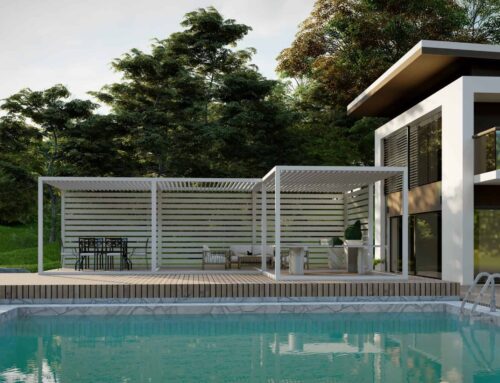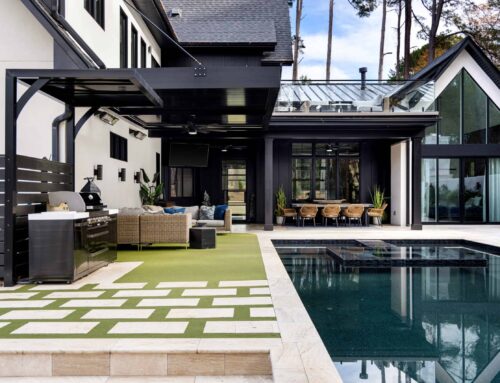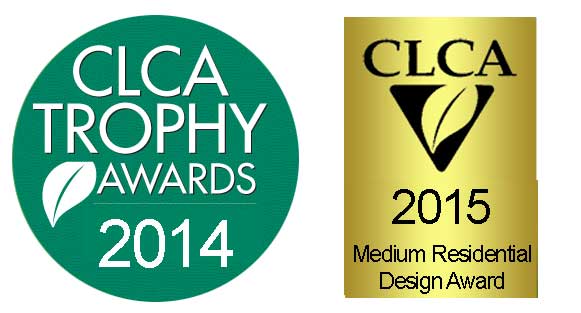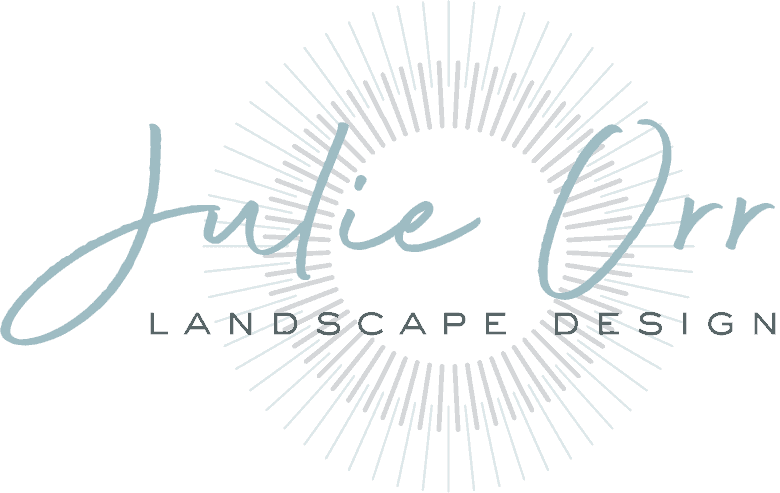Whether you are planning a new garden or giving your current landscape a face-lift, outdoor lighting brings everything to life. Here are the top design tips for getting the most value and enjoyment from your lighting.
Just as your garden grows, so will your lighting needs. Consider a light fixture with an interchangeable lamp (light bulb) so that you can increase the watts as needed when you plants mature. In other words, when your newly planted 12 foot tree reaches 30 plus feet in height, you’re going to need more light. This requires forethought in both your wiring and transformer size. Also, if you are planning to do lighting in a future phase of construction, make sure you plan for the infrastructure now rather than later.
Select your light fixtures and placement based on function, not appearance. Think about function from both a safety and aesthetic perspective. Fixtures come in many different styles including path lights, up lights, down lights, spot lights, and specialty lights (step lights, etc.). Each style provides a wide array of light outputs (wattage, beam spread, luminosity) to suit particular lighting needs. With the exception of your pathlights, most fixtures will disappear into the landscape as plants mature, so choose a fixture color that complements your design.
Step Lights for Safety
We all know that you get what you pay for in landscaping but this is especially true for lights. Buy high quality fixtures and transformers with manufacturer warranties because the landscape environment can be harsh on lighting. “Inferior product quality only leads to failure, especially where electrical connections and water are concerned,” says Mike McPherson from Vista Professional Outdoor Lighting.
Lastly, when you consider lighting, also be considerate to neighbors. If you live in a neighborhood that promotes ‘dark skies’ be sure to read your city’s lighting ordinance and adhere to all lighting restrictions. Remember that down lights create a more natural appearance than up lights because it mimics moonlight. Other glare reducing techniques include adding frosted lens and honeycomb louvers to the fixtures. Of course hiding the fixture within the landscape design so that you cannot see the actual light source adds the most realistic effect.








Leave A Comment